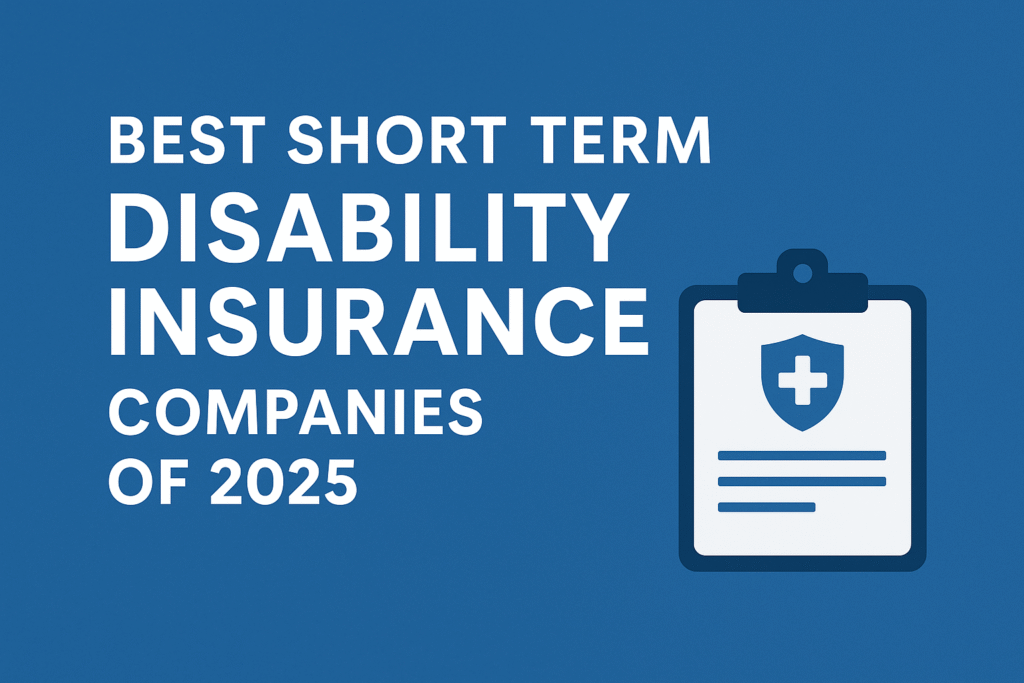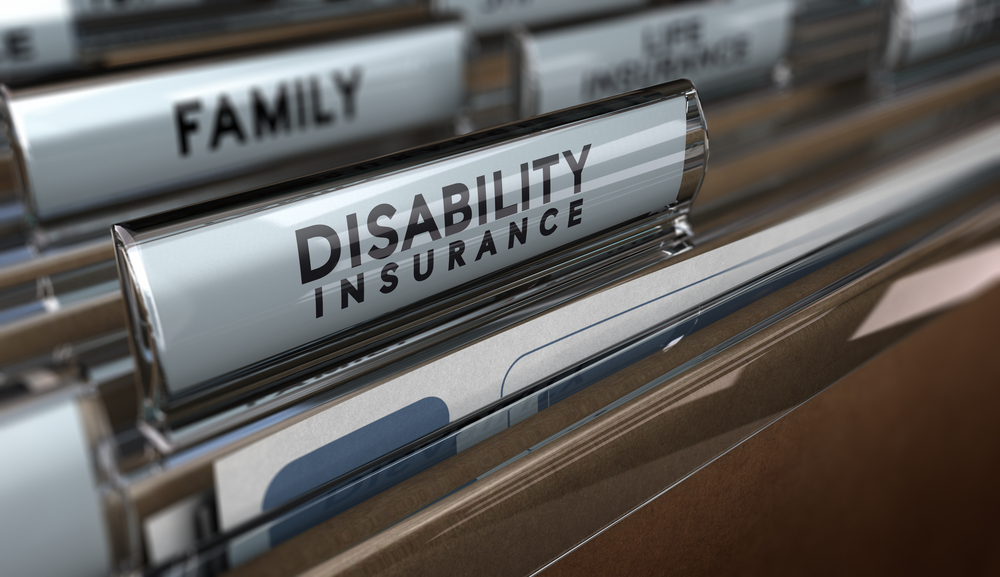Life has a way of throwing curveballs—whether it’s a sudden illness, unexpected surgery, or an accident that puts you out of commission for a few weeks. That’s where short term disability insurance comes into play. If you’ve ever wondered, “what’s short term disability insurance?”—you’re in the right place. We’re breaking it all down in a way that’s easy to understand.
What Exactly Is Short Term Disability Insurance?
Short term disability insurance is a type of term disability insurance that replaces a portion of your income if you’re temporarily disabled and unable to work due to a non-work-related injury, illness, or medical condition. Think of it as a financial cushion during your recovery—your crucial safety net when you’re suddenly out of the game.
Whether you’re dealing with surgery rehabilitation, a mental health condition, or complications from pregnancy, short term disability benefits can help cover your living expenses while you’re unable to fulfill your job duties.
How Does Short Term Disability Work?
Here’s the basic idea: if a covered illness or injury occurs and you’re temporarily disabled, you file a short term disability claim with your insurance provider. Once approved, you start receiving benefits—usually a weekly benefit that replaces 40% to 70% of your pre-disability earnings.
The money can be used for anything—paying rent, handling medical bills, buying groceries, or just staying on top of everyday expenses. In short, it gives you some breathing room when your paycheck stops coming in.
What’s Typically Covered?
Short term disability coverage usually kicks in for non-work-related injuries and illnesses. Here are a few examples of what’s typically covered:
- Surgery recovery
- Broken bones
- Pregnancy and childbirth complications
- Severe back pain or injury
- Mental health conditions (like anxiety or depression)
- Illnesses requiring extended rest
Work-related injuries usually fall under workers compensation, not short term disability policies.
How Long Do Benefits Last?
Short term benefits don’t last forever—they’re designed to cover you during a short period while you recover and get back on your feet. Benefit periods can range from a few weeks up to 6 months, depending on your policy.
Once the benefit period ends, if you’re still unable to return to work, you might look into long term disability insurance as a backup option.
Short Term vs. Long Term Disability: What’s the Difference?
Many people confuse short term disability insurance with long term disability insurance. While they share some similarities, there are key differences:
| Feature | Short Term Disability | Long Term Disability |
|---|---|---|
| Duration | Up to 6 months | At least a year or more |
| Elimination Period | Usually 0-14 days | Typically 90+ days |
| Benefits Begin | Quickly after injury | After longer waiting period |
| Best For | Temporary conditions | Chronic or severe conditions |
| Benefit Amounts | 40%-70% of income | 50%-60% of income |
Short term disability is perfect when you’re out for a little while—long term disability is for extended periods and more serious conditions.
How Soon Do Benefits Start?
This depends on your policy’s elimination period—the waiting period between when your disability begins and when benefits start. It’s usually 7 to 14 days for short term disability plans.
During this time, you’ll likely use sick leave, vacation days, or personal time off. Once the elimination period ends and your short term disability claim is approved, your short term disability payments will begin.
Who Needs Short Term Disability Insurance?
In reality—almost anyone with a job and bills to pay. If you rely on your paycheck to cover your basic living expenses, short term disability coverage is worth considering. Even a few weeks without income can lead to serious financial hardship.

It’s especially important for:
- Employees without much sick leave or vacation time
- Sole breadwinners
- People with high monthly expenses
- Parents expecting a child
- Workers with physically demanding jobs
Does My Job Offer It?
Some employers include short term disability as part of their employee benefits package. Others offer it as a voluntary benefit, meaning you can opt-in and pay the monthly premium yourself.
Still, many people don’t have access to employer-provided plans and must get coverage through a private carrier. If that’s the case, compare different insurance plans, benefits, and premiums to find one that suits your needs.
How Much Does It Cost?
Premiums for short term disability insurance vary depending on factors like:
- Your age and health
- Occupation
- Elimination period
- Benefit amount
- Duration of coverage
Most policies cost about 1% to 3% of your annual salary. The good news? Many plans are affordable and offer valuable peace of mind.
What If I Have a Pre-Existing Condition?
Some plans might exclude pre-existing conditions, at least for the first year of coverage. Others may have waiting periods or reduced benefits. It’s crucial to read the fine print and understand your policy benefits.
If you’re unsure, speak with a licensed insurance provider or benefits specialist to avoid surprises when you need to receive benefits.
What If My Claim Is Denied?
Short term disability claims can be denied for reasons like:
- Insufficient medical evidence
- Filing outside the elimination period
- Incomplete forms
- Disputes over the severity of the condition
Always work with a medical professional to ensure your medical records and documentation fully support your disability claim. If a denial happens, most providers have an appeal process you can follow.
Can I Use STD and LTD Together?
Yes—many people use short term disability benefits to bridge the gap until their long term disability coverage begins. This is especially helpful if your long term disability has a longer waiting period (such as 90 or 180 days).
Using both ensures continuous income replacement and prevents a financial gap during an extended period of disability.
What Are the Benefits of Having Short Term Disability Insurance?
Here’s a quick breakdown of what you gain:
- Income protection: Keeps your finances afloat during tough times
- Job protection: Some plans may include job protection provisions
- Peace of mind: You’re not left scrambling for money if you can’t work
- Covers a wide range of situations: From pregnancy to injury to mental health
It’s not just about the paycheck—it’s about maintaining normalcy and minimizing stress when life throws you off track.
Common Myths About Short Term Disability Insurance
1. “It’s only for people with dangerous jobs.”
False. Anyone can get sick or injured. Even office workers can experience medical conditions that prevent them from working.
2. “Workers comp covers everything.”
Not true. Workers compensation only covers work-related injuries. Most short term disability cases are not job-related.
3. “I have savings, I don’t need it.”
Savings can run out fast—especially with high medical bills and no income. Disability insurance acts as a backup.
4. “It’s hard to qualify.”
Most employees qualify as long as they meet the policy’s requirements and have documentation from a medical professional.
How Do I Choose the Right Policy?
Here’s what to look for in a short term disability policy:
- Short waiting period before benefits begin
- Adequate weekly benefit
- Coverage for mental health conditions
- Clear benefit periods
- Flexible policy options
- Affordable monthly premium
Ask yourself: “Would this policy cover enough of my income to keep me afloat if I couldn’t work for a few months?”
A Note on California and Hawaii
California and Hawaii are two states that offer state-mandated short term disability insurance through a government-run program. If you live or work in these states, you might already have access to benefits. Check your local regulations to confirm.
Why It Matters for USPS Employees
If you’re a USPS employee, you might be surprised to learn that the federal government doesn’t automatically offer short term disability insurance. That’s right—despite the physically demanding nature of mail delivery and sorting, there’s no built-in protection for lost wages if you’re temporarily disabled.
This is where Postal Life and Disability Plans (PLDP) steps in.
PLDP: Specialized Short Term Disability Plans for USPS Workers
At PLDP, we offer short term disability insurance plans specifically tailored to the needs of USPS employees. Whether you’re a letter carrier, clerk, or mail handler, our plans help bridge the gap when you’re unable to work due to illness or injury.
Our coverage includes:
- Affordable premiums
- Fast approval times
- Weekly benefit payouts
- Coverage for pregnancy, injuries, and more
And because we understand USPS job duties and the challenges you face, we’ve built our policies to be flexible, accessible, and reliable. No need to worry about long claim delays or insufficient coverage—just dependable income protection when you need it most.
Final Thoughts
So, what’s short term disability insurance? It’s your financial backup plan. It’s what helps you stay on your feet when life knocks you down. Whether you’re recovering from an injury or dealing with a temporary illness, having short term disability coverage gives you the freedom to focus on getting better—not on how you’ll pay the bills.
And if you’re a USPS employee seeking reliable, affordable coverage, Postal Life and Disability Plans (PLDP) has you covered. Explore our tailored short-term disability plans today to protect your income with benefits designed specifically for your unique job duties and needs. Don’t leave your financial security to chance—get the peace of mind you deserve with PLDP’s trusted protection.




